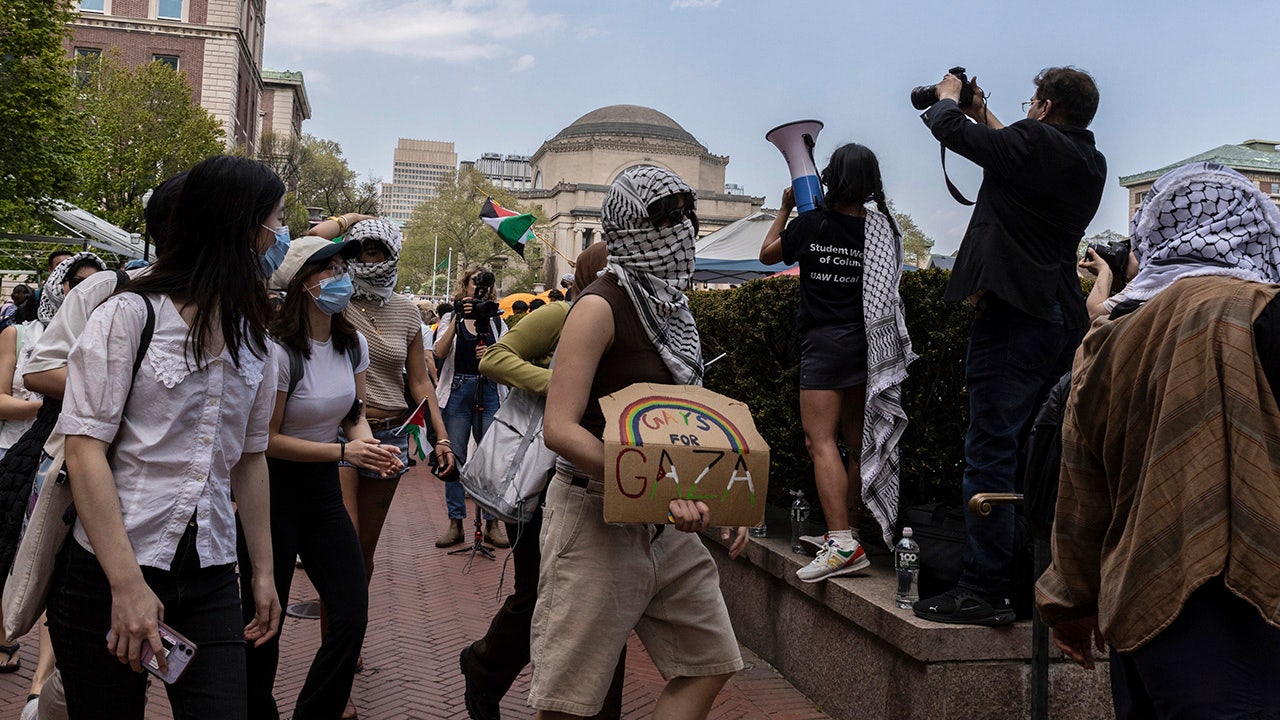After the victory, Cornacchia said his phone was ablaze with text messages from friends, alumni and members of the media. His school, a Jesuit university based in Jersey City, N.J., with an enrollment of around 3,000 students and an endowment of less than $40 million, had previously been to three tournaments and won zero games.
The team went on to win its next two games, before falling in the regional final to North Carolina.
The tournament run was good for business. In the eight months before the win by St. Peter’s over Kentucky, the university sold roughly $58,000 worth of merchandise, Cornacchia said. After the upset and through the end of that month, it sold more than $300,000 worth of merchandise and ran out of its supply in a matter of days. Yearly commitments from donors rose from $450,000 to more than $2 million.
In 2006, after George Mason’s improbable run to the Final Four, a professor at the university estimated that the school had received more than $600 million worth of free publicity and a 22 percent increase in applications. For public schools that make runs in the tournament, a subsequent jump in students coming from out of state boosts receipts from tuition.
In the initial hours after its win over Kentucky, St. Peter’s was caught flat-footed. Unlike their counterparts at larger schools who are usually detached from menial tasks, officials at the university found themselves personally handling ticket requests for the team’s next game, as well as season ticket orders for the following year.
Brad Hurlbut, the athletic director at Fairleigh Dickinson, whose men’s basketball team defeated top-seeded Purdue last year, described “lugging boxes and vacuuming trash” at his office in Hackensack, N.J., a far cry from the duties of his peers at larger schools.






